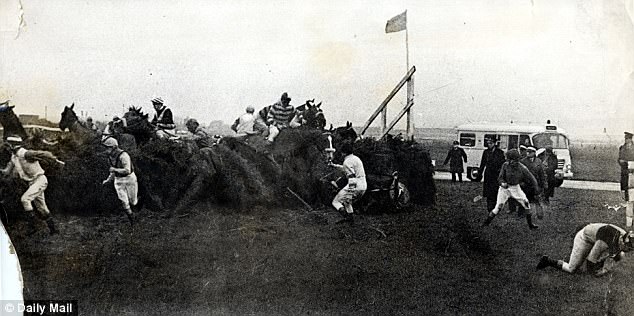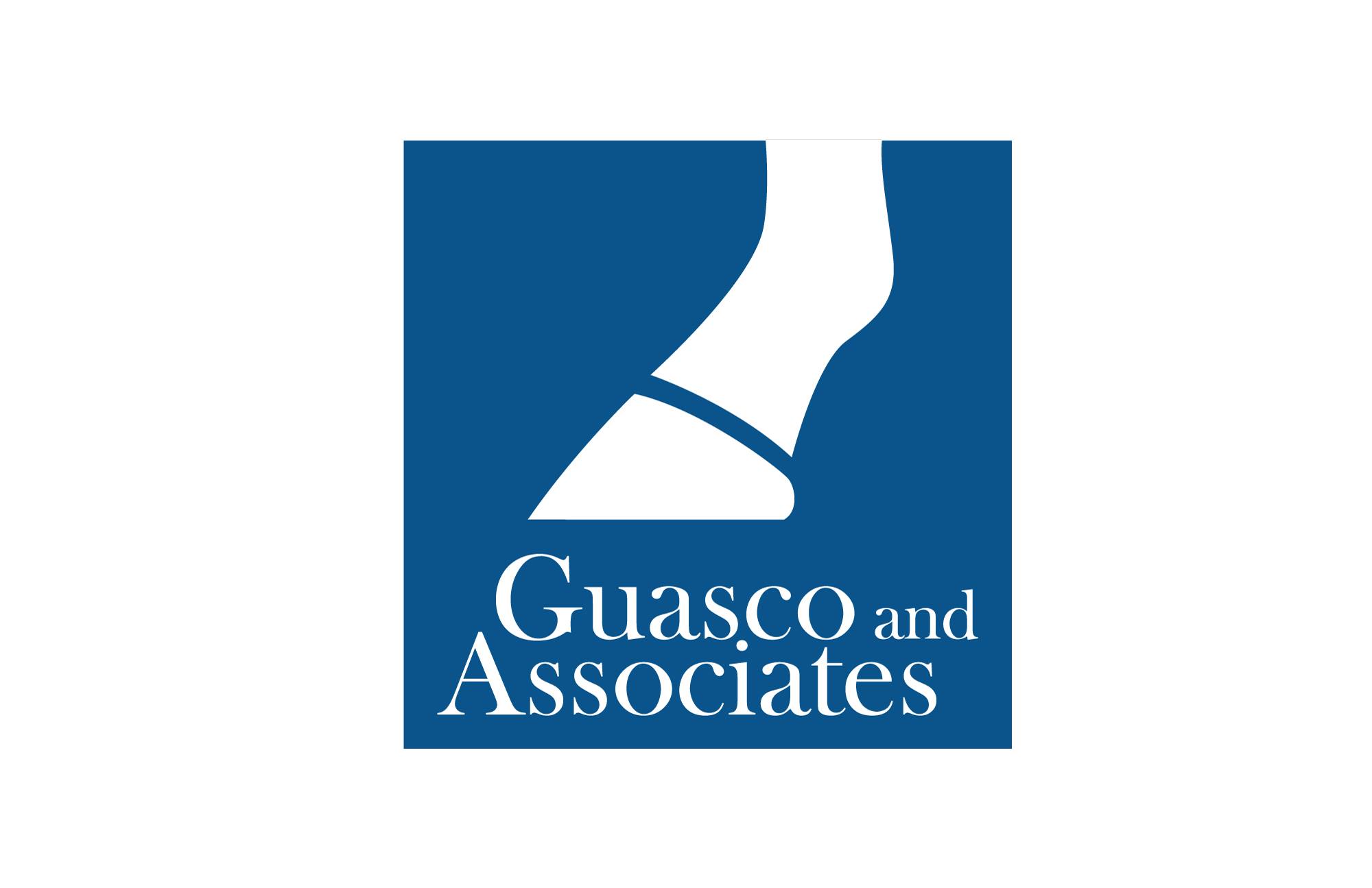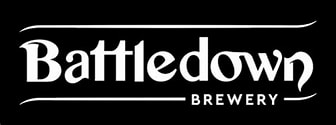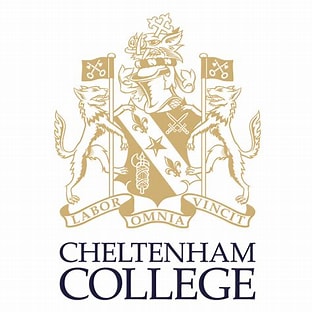Latest News
Grand National vs The Derby - no contest!
The Grand National flies under the North American radar when it comes to horse-racing, unlike races like the Kentucky Derby or our own version at Epsom. The Grand National, however, has a worldwide fan-base that dwarfs both Derbys in numbers, and justifies its self-appointed moniker as the “most famous race in the world”.
The race is a British tradition, that appeals to the masses partly because it is aired on television for free. The involvement in the 1990s and subsequently of Seagram, and latterly Martell, brands with a strong brand profile in South East Asia, also compelled Aintree to search for additional TV reach beyond the UK audience. That international television platform now allows the race to be broadcast to up to 600m viewers worldwide in over 140 countries. The Grand National has been broadcast live on free-to-air terrestrial television in the United Kingdom since 1960. From then until 2012 it was broadcast by the BBC, and ITV now holds the rights in the UK.
And of course, the Grand National is the one race each year where the archetypal British housewife will enjoy a flutter. The lure of a high-priced winner, often via a promotion like the Paddy Promo code for 2020 is very strong, and enhanced by a 40 runner field. People who normally wouldn’t be seen in a betting shop or opening an online bookmaker account lose their inhibitions where the National is concerned.
Over 70,000 spectators watch the race live at Liverpool, and big screens are erected around the city so Liverpudlians can embrace their own unique race. Grand National day is the only day in the British calendar when football at Anfield and Goodison Park play second fiddle to a horse race.
Part of the race’s undoubted appeal is that unlike stakes races like the Kentucky Derby, the Grand National is a handicap steeplechase where until recently, long priced winners were just as likely as a red-hot favourite.
Steeplechasing has an audience of some 2.5m spectators in the UK alone, multiplied again across racing nations in Ireland and the rest of Europe. Supported by keen interest from bookmaking firms, national newspapers support the event with supplements, endless column inches and exposure most events would die for. Those same newspapers enhance the fairytale end to many renewals to endear the race to the public and to set it apart from other events. Put simply, there just isn’t another race like it; it’s a truly unique race.
Pre-dating the Kentucky Derby by some 30+ years, the National has been something of an annual celebration in the UK since it was first run back in 1839, five years after the first running of the Grand Annual at Andoversford.
With £1 million in prize money (about US$1.4m), it’s a race that every owner, trainer and rider wants to win. Winning riders of the National become household names with instant recognition. The prize is the highest of any jumps race in the UK and Ireland, but the prestige of winning the National counts for just as much as the undoubted lure of high stakes cash. Even placed horses are revered in the national consciousness, as illustrated by the warm reception to St Are for his gallant second, when paraded at Andoversford some years back.
Some of racing’s old guard complain that the race has lost its unique appeal as modifications have been made to fences in response to equine fatalities. However, the National remains a unique and demanding test of horse and rider. Thirty obstacles are spread over the 4m 514 yards, the longest distance of any National Hunt race in Britain.
Each of the 16 fences on the National Course is topped with 14” (36cm) of spruce from the Lake District. The cores of 12 fences were rebuilt in 2012 and are now made of a flexible plastic material which is more forgiving compared to the original wooden fences. Nevertheless, they still make for a demanding challenge, not least the famous Chair fence, opposite the stands, which by dint of its location, is narrower than any other fence on the course.
Other fences on the course carry the name of famous characters. The best known of these is Becher’s Brook, fence 6 and 22 in the race. Becher’s is named after one of the earliest non-finishers at Aintree. Captain Martin Becher was stationed in Belgium with the Buckinghamshire Yeomanry, and won almost every race of note in the 1820s and 1830s. Becher was a regular visitor to Aintree Racecourse, owned by his good friend William Lynn, and encouraged him to stage a Grand Liverpool Steeplechase in 1836. Becher won the race, which was subsequently re-invented as the National 3 years later.
Becher took part in the first National on his own horse Conrad but Conrad took agin the first ditch and refused. Becher flew the fence alone, and remarked afterwards that he hadn’t realized how filthy the taste of Liverpool water was without the addition of whisky. He never rode in the race again, but that fence carries his name to this day.
The same brook crosses the course again at Valentine’s 3 fences later, named after the extraordinary corkscrew jump of steeplechaser Valentine in the 1840 race.
And in between is perhaps Aintree’s most notorious fence, and ironically its smallest – Foinavon, named after the 100/1 winner of the same name, ridden by journeyman rider Johnny Buckingham in 1967, a chance ride picked up just three days before the race, and a perfect example of the Aintree fairytale.
Foinavon was making up the numbers in the race, and his trainer and owner had opted to be at Worcester rather than Aintree. Of the 44 starters, 28 were still in contention at the 23rd fence when a majority of the field was obstructed by Popham Down, one of two riderless horses leading the field. In a mass pile up, Buckingham steered Foinavon around the outside and found himself 30l in front with just 6 fences remaining. Despite many disparaging the race, Foinavon’s time was actually 3 seconds faster than that of Anglo the previous year. Buckingham went on to be a jockey’s valet for the rest of his career, nurturing some of the best riders of the seventies, eighties and nineties.

Chaos reigns as Foinavon slips around the carnage to win in 1967
Over the years, officials have worked in conjunction with animal welfare organisations to reduce the severity of some fences and to improve veterinary facilities. In fact, it would be true to say that scrutiny on Aintree has led changes that make racing safer for horse and rider at every level of the sport. In 2008, a new veterinary surgery was constructed in the stable yard with two large treatment boxes, an X-ray unit, video endoscopy, equine solarium, and sandpit facilities. Further changes in set-up and procedure allow vets to treat horses more rapidly and in better surroundings. The race has adapted to external pressure successfully top protect its future and to give the best possible support to owners, riders and trainers who compete.
“Tiger Roll” and Jockey Davy Russell, have won the last 2 Grand Nationals, and are seeking a rare hat-trick in horse-racing history. However, graduates from the Point-to-Point field will represent the amateur division in depth in the big race. Of the 105 entries in this year’s race, 40 have competed in Point-to-Point races earlier in their career, and the same number again will likely return there after their racecourse career is concluded.
Stow-on-the-Wold trainer Graeme McPherson, who graduated himself from the Pointing ranks to mainstream professional racing, is one of several local handlers with an entry in this year’s race. His Ami Desbois may need plenty to fall by the wayside to get a place in the 40 starters, but he too is no back number. Beaten less then 2l in a good quality handicap chase at Kelso in January under top weight, Ami Desbois is challenging to give Graeme his first runner in the race.
 Trainer of Ami Desbois, Graeme McPherson
Trainer of Ami Desbois, Graeme McPherson
And further along the Cotswold scarp, Ben Pauling’s Kildisart has proven his eligibility for Aintree when failing by a neck in Tuesday’s Ultima Handicap Chase at Cheltenham.
Whatever happens this year, we wish every runner a safe race and a fair chance at this unique challenge that is the envy of the world.
Event details
Buy your tickets nowOur Sponsors








.png)









